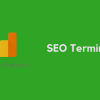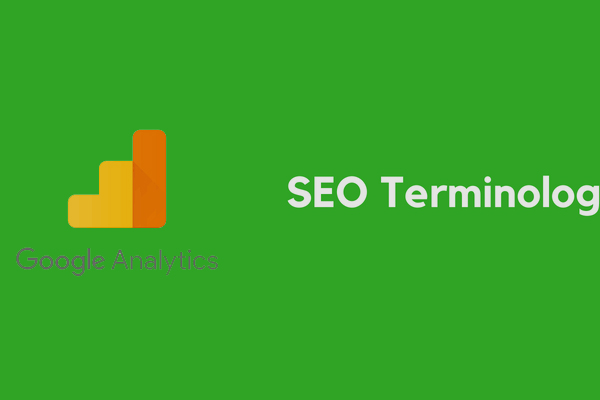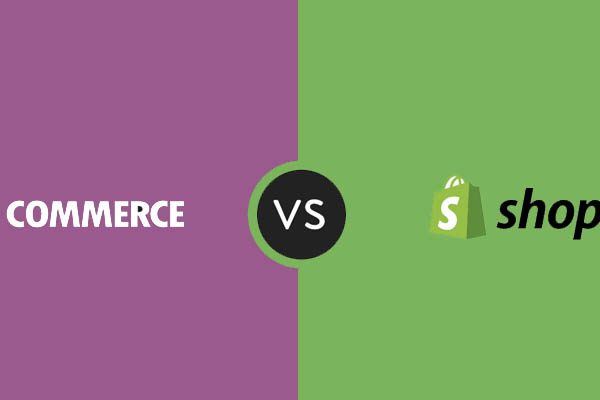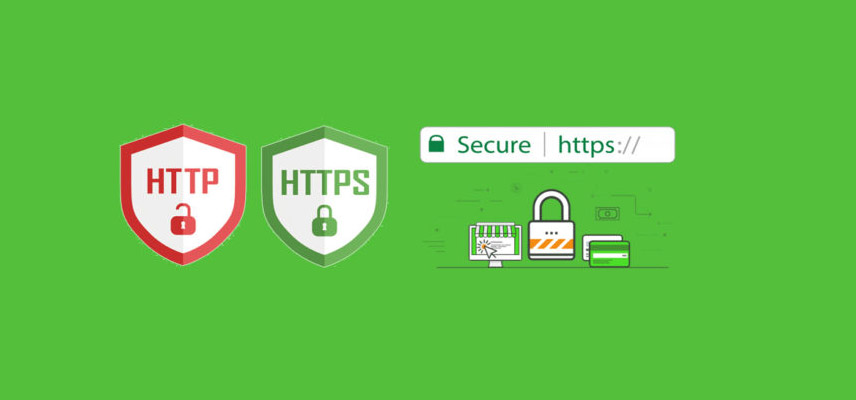
Internet search giant Google has always had the ambition to create a secure web. In fact, the world’s most-visited website is a leader in the quest to make web browsing a safe experience for internet users. The giant’s latest move in creating a safer web will impact website owners who haven’t taken a proactive approach to ensuring their website is a safe place for visitors to go. In this article, we dive into exactly what changes Google has made and how they affect you as a website owner.
http vs https:
Let’s get past some of the technical details first. Have you ever noticed that some website URL’s start with http and others with https? If you don’t know why that’s the case, it’s because some website owners have had their webmaster install an SSL certificate on their website. Thus, they get the s that indicates their website is secure. So, what exactly is an SSL certificate?
A Security Socket Layer is a standard security technology that establishes an encrypted link between a server and client i.e. between a website and browser. This ensures that sensitive information such as credit card numbers, social security details and login details are transmitted safely. Websites such as eBay, myGov and even our very own, DesignQ all have SSL certificates.
Why is this suddenly important?
The reality is that SSL certificates have always been important. Though, Google has recently taken some steps to encourage website owners to install an SSL certificate on their website. How? By discouraging internet users from visiting websites without SSL certificates. Google is using its internet browser, Chrome to push its agenda.
Chrome is the most widely used internet browser in the world. In fact, Chrome’s usage share of all browsers is 60.60%, in 2018. The next highest is Safari, with a usage share of 14.85% in 2018, according to StatCounter. Google is aware that its internet browser is the most popular worldwide, so here’s what the company has done to discourage potential customers from visiting your unsecured website.
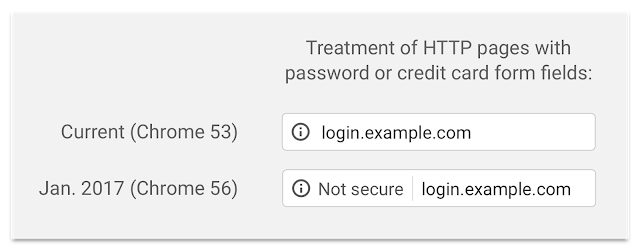
If you head to your website now using chrome you will see a small information symbol, as well as the words, “not secure” on the top-left side of your browser. This is a subtle step that Google took in January, 2017 to tell visitors that your website is not secure. As Chrome currently utilises a neutral indicator to warn users of website security, the impact on website owners has been minimal for the time being.
Google has announced that they eventually “plan to label all HTTP pages as non-secure, and change the HTTP security indicator to the red triangle that they use for broken HTTPS”. Here’s what it will look like:
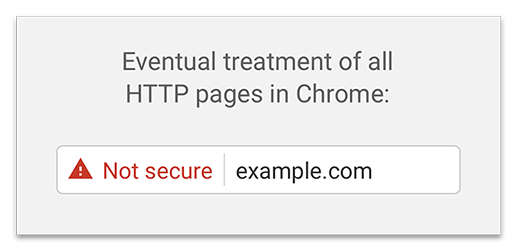
How does this affect your website?
Firstly, an obvious red warning signs tells visitors that your website isn’t a safe place to be on. The most likely result is that website visitors will leave your website immediately. After all, who wants to be exposed to potential viruses or other malicious software? Even if you know that your website is safe, Google – a leading authority on the web – is saying that it’s not.
An unsecured website also has the potential to negatively impact your SEO performance. How users interact with your website affects your website’s rankings on Google’s Search Engine Results Pages. For example, if visitors consistently leave your website immediately after visiting, Google may determine that your website is not a credible source of information for the given subject. Thus, there’s the chance that your rankings will fall and your website will be exposed to less searchers looking for a product you sell.
If the above sounds like a whole bunch of jargon, then our article explaining what SEO is and how it affects your business will clear things up. From there you can also consider our SEO services, as you may learn that just having a website isn’t enough. You need to drive traffic to it as well.
What can you do?
Fill out the form below and feel free to contact us about your SSL certificate. We’re happy to have a free no-obligation chat at your convenience. SSL certificates have been around since 2011 and are therefore quite affordable and widely available.


